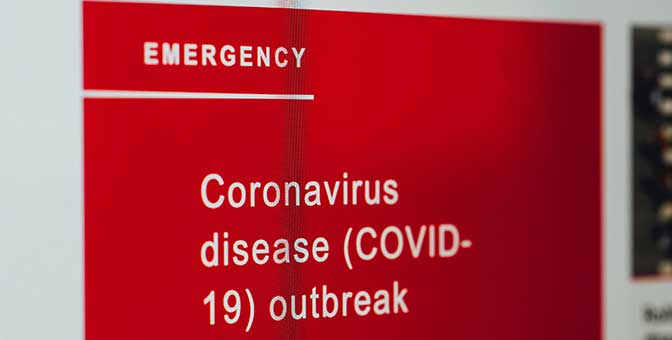
A Pandemic Post Mortem
As of this blog, 96.7 million people in the U.S. have been fully vaccinated, or over 29% of the population. 141.8 million people have had at least one dose, and 67.9% of all seniors are fully vaccinated. We can be optimistic in seeing such high vaccination rates in so short period of time.
No doubt, there are still significant hurdles. Many people are vaccine hesitant, while more virulent COVID-19 variants continue to spread. Vaccine distribution and administration around the world, especially in poorer countries, are uneven at best. We have still a way to go before declaring victory.
For self-storage operators, we have seen a key indicator—rental rates—rebound to pre-pandemic rates for most areas in the U.S. and internationally. Rental rates are one reflection of how confident operators as well as consumers are of the current market. So now is not too early to reflect on what we have learned from this unfortunate pandemic experience. As we continue to navigate through COVID-19, we see three key areas of learnings:
Short-term effects of stochastic events, such as COVID-19, primarily involve government and corporate social responsibility.
When the pandemic began back in the beginning of 2020, states were quick to react with a myriad of price gouging laws. Self-storage operators, especially those with stores in several different states, had to understand and respond to such regulations. At the same time, the CARES Act also passed. This Act provided financial assistance for many types of businesses, including self-storage.
Equally important, corporate social responsibility became the forefront of how an industry can be helpful (and not hurtful) in difficult times. For approximately 4 -5 months, even when it was not a legal requirement, many operators chose to put a hold on rent increases, and chose not to act on delinquencies or hold auctions.
This not only applies to the pandemic, but we see these effects and reactions in other natural disasters as well, be it from wildfires, hurricanes, or other catastrophic events. Operators should be prepared for such future shocks. They can and will happen. At the same time, many operators already have a “pandemic playbook”, however informal, on how to respond and even thrive.
Macro-Industry trends will continue and even accelerate.
Some industry trends were temporarily stopped or slowed, but may quickly accelerate once the pandemic is over. Other trends accelerated during the pandemic.
For example, before the pandemic, there were many new stores in the design or planning stages. Over supply of self-storage facilities was of strong concern in a number of geographic areas. While purchases and site development temporarily abated during the pandemic, it is reasonable to anticipate that new developments will be resumed and potentially even accelerate once we fully recover.
Some trends even accelerated during COVID-19. Contactless rentals, once the purvey of “first adopters”, are now the norm. Increasing one’s digital footprint has been a key marketing component for more than a few years. But now, it is ever more important to have increased functionality to carry out more and more activities on-line. In fact, the digital footprint can now encompass the full lifecycle of marketing, upgrade options, rent contract closure, payment collection, contactless check-ins, and even rent increases.
Some things never change: The discipline of data-driven best practices remains the same and become even more critical.
We mentioned earlier about a having a natural disaster, “pandemic playbook”, in hand. While such a playbook may be informal, now is a good time to start codifying your responses both in document form and in organizational execution and practice. The experience and learnings are fresh, but distant enough to view through a lens of objectivity.
Data-driven decision-making becomes ever more essential. At one time it may have been the domain of those analytically inclined. Now, with the prevalence of technology and tools, it is a best practice philosophy that every operator should adopt.
For a fundamental example, the pandemic directly impacted rent prices. A direct impact on the top line means a direct impact to the bottom line. Because expenses can remain constant, or even increase due to pandemic-related expenses such as facility sanitation and hazard pay, revenue reductions can have a disproportionately large impact on profits.
Clearly, those operators that have more actively managed prices throughout the pandemic have fared better. They have been quicker to implement corporate social responsibility price “freezes” and quicker to selectively raise rents and/or starting prices when the situation warrants. The net benefit is a much better ability to manage their bottom line. Yet, nothing has changed from an operational, best practices standpoint, be it in good times or bad.
Now is the time to take stock of what we have learned.
In summary, now is not too early to learn from the pandemic. We certain have a way to go before leaving COVID-19 behind, but there are already many actions that can be taken from the lessons learned. By focusing on best practices, especially in data-driven analytics, we can be better prepared for the next event that is sure to come.
